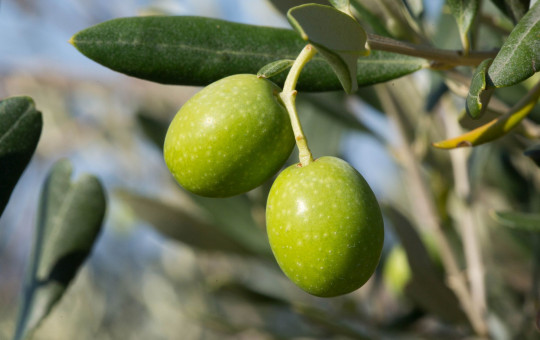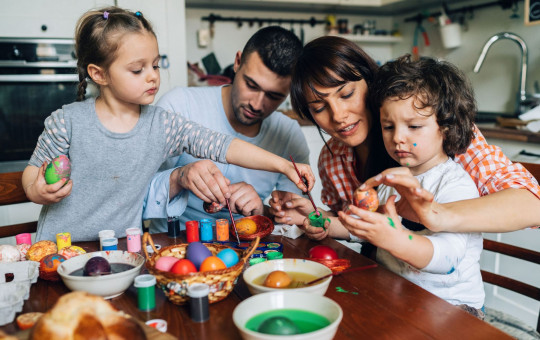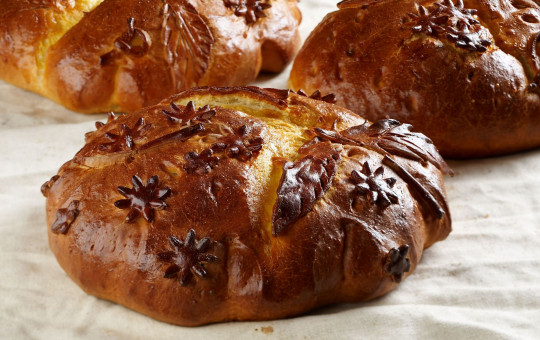Date: 29. October 2019
Time to read: 1 min
The wine harvest is over and the grapes in cellars are already turning into wine. Since wine is a big part of Slovenia's cultural heritage, St Martin's day is a holiday not to be missed by any Slovenian.
On this day, a feast is laid out with goose, "mlinci" (a type of flatbread), red cabbage and an indispensable glass of young and delicious wine. The streets of Slovenia's towns resound with folk songs and merry laughter, dancers in folk costumes swirl around, the smell of St Martin's delicacies lingers in the air and Martinmas traditions are practised in many places.
Slovenia has two other wine festivals: St Urban's, when the vines are in bloom and winegrowers get the first sense of the year's harvest, is celebrated on 25 May, while 27 December, St John's day, is when the wine is stabilised and blessed.
St Martin's Day in Slovenia
Martinmas has roots in paganism, when people thanked the gods for a good harvest at the end of a fertile year and asked for a new year that was just as fertile.
In Slovenia, St Martin is the patron saint of new wine – on his name day, must turns into wine. In the past, this was the day when the harvest was completed, the previous year's accounts settled and new goals set. Today the celebration of St Martin's day is an opportunity for socialising and entertainment.
Traditions related to this holiday are still preserved in some parts of Slovenia. Must can be blessed only by a man dressed up as a bishop, St Martin or a priest. Farmers make rounds in vineyards and perform rituals. In some parts they lay an apple spiked with herbs, most commonly cloves and cinnamon, on a barrel and say the words: "Now let's see what the harvest will be like." If the apple dries up, the harvest will be good, if it rots, the harvest will be bad.
Shepherds used to be given small loaves of bread called "kržeji" in Podjuna, "prešice" in Gorenjska, "vahči(či)" in Primorska and "martinčki" around Vrhnika. Shepherds in the Gorenjska region would guide their sheep around the altar and present them to the church, or bring capons and wooden figurines of cattle as gifts. Weddings did not take place only around Shrovetide, but also on St Martin's day. The feasts featured the wine of marital love, a special wedding wine blessed by the priest during the wedding ceremony. People also performed divination using a goose breastbone and honoured the ghosts of their ancestors. In the region of Bela krajina, the deceased were left jugs with wine and glasses, while in Haloze the remains of each dish were left on the table to make the following year plentiful.
-
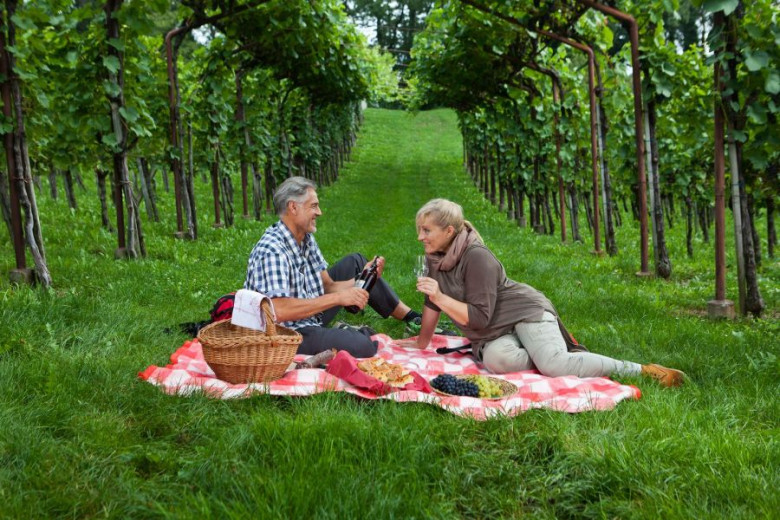 Drinking wine in the vineyard. Photo: Jošt Gantar
Drinking wine in the vineyard. Photo: Jošt Gantar
-
 St Martin's Day with friends in the wine cellar. Photo: Iztok Medja
St Martin's Day with friends in the wine cellar. Photo: Iztok Medja
-
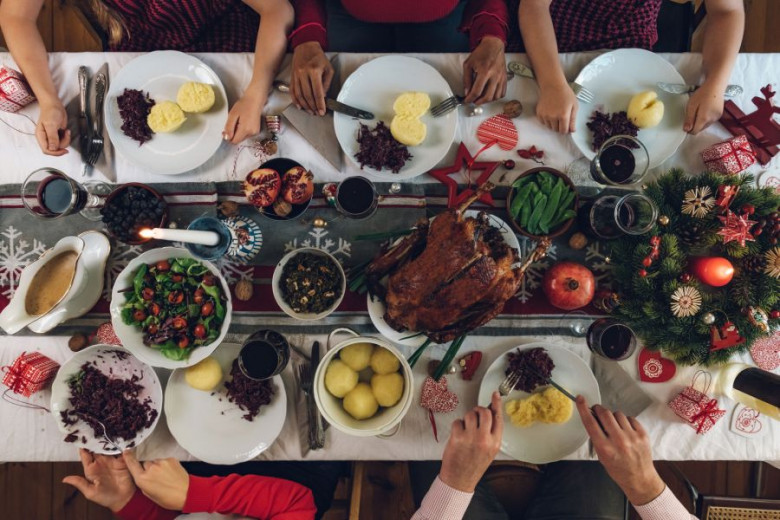 The most typical roast goose or duck with shredded flatbread (mlinci) and stewed red cabbage. Indispensable dishes include pogača, potica and other sweet delicacies. Photo: Gettyimages
The most typical roast goose or duck with shredded flatbread (mlinci) and stewed red cabbage. Indispensable dishes include pogača, potica and other sweet delicacies. Photo: Gettyimages
Food is an indispensable part of the Martinmas celebration
The most typical feast combination is a roast goose or duck stuffed with chestnuts or apples, with "mlinci" and red cabbage as side dishes. This, of course, is no coincidence. According to the legend, St Martin tried to avoid being appointed bishop, pagans would sacrifice a goose or a duck, while autumn is the time of picking grapes and chestnuts.
Although goose is the most typical dish, one can also encounter pork, beef or a different kind of poultry.
You will find turkey in Haloze, rooster and chestnut soup in Goriška, roast mutton in Grgar, turkey, rooster or rabbit, chestnut-stuffed pheasant, white polenta, roasted and cooked chestnuts with spices and pears prepared in various ways in Brda, ribs, sausages and fried sardines in the Karst region, dry pork, roast rooster, chicken, buckwheat and yeast potica cake in Bela krajina, while the people of Gorenjska make the ceremonial Martin's porridge.
-
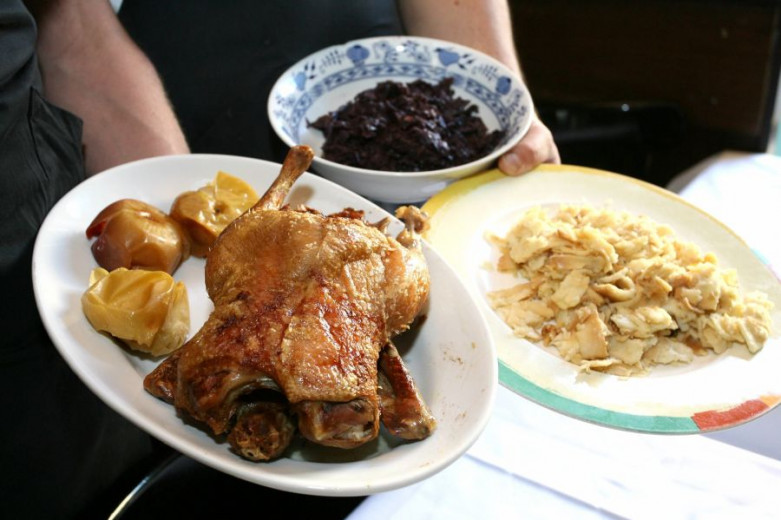 The typical St Martin’s feast in Slovenia is goose, red cabbage, "mlinci" (flatbread), chestnuts and apples. Photo: Domen Grögl
The typical St Martin’s feast in Slovenia is goose, red cabbage, "mlinci" (flatbread), chestnuts and apples. Photo: Domen Grögl
-
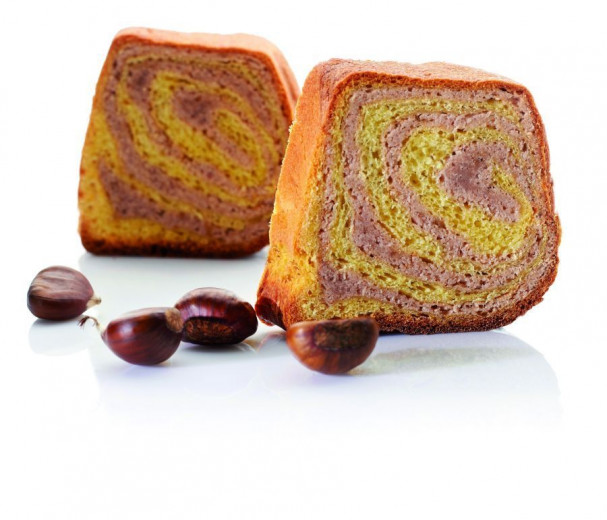 Chestnut potica. Photo: Tomo Jeseničnik
Chestnut potica. Photo: Tomo Jeseničnik
-
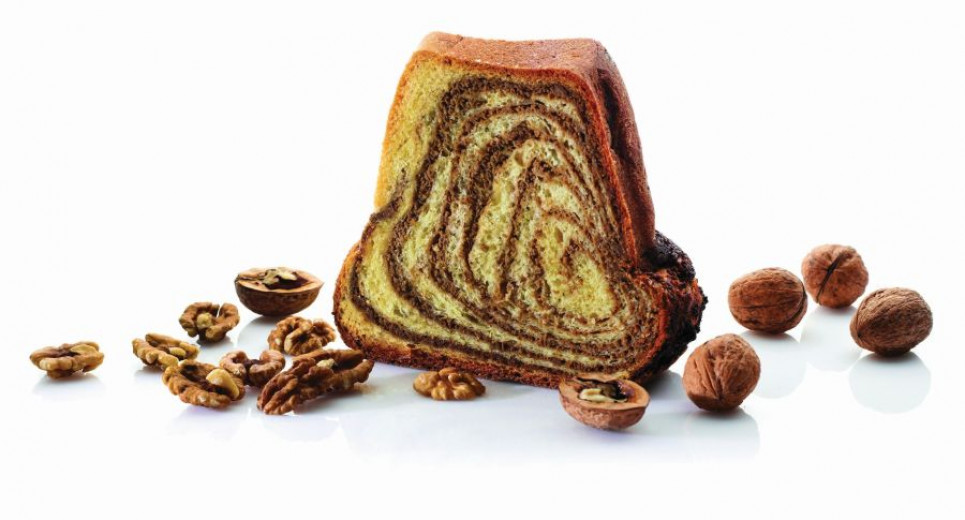 Walnut potica. Photo: Tomo Jeseničnik
Walnut potica. Photo: Tomo Jeseničnik
-
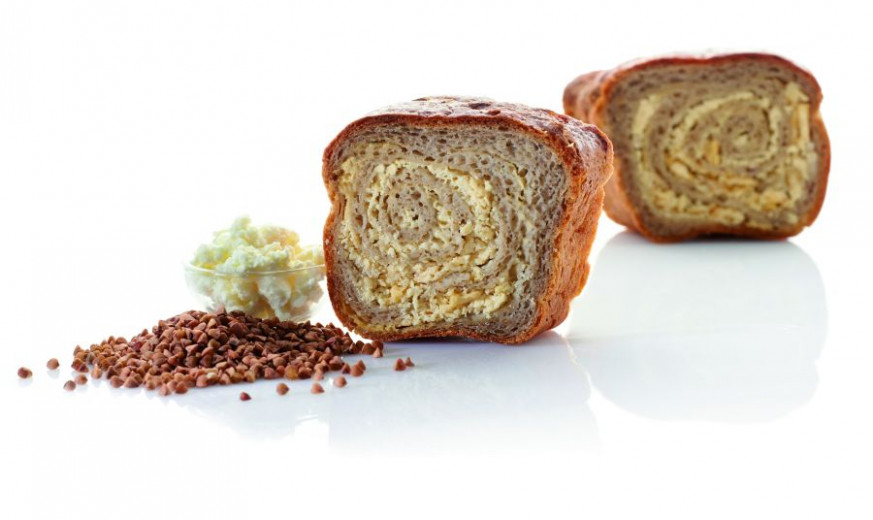 Buckwheat potica. Photo: Tomo Jeseničnik
Buckwheat potica. Photo: Tomo Jeseničnik
-
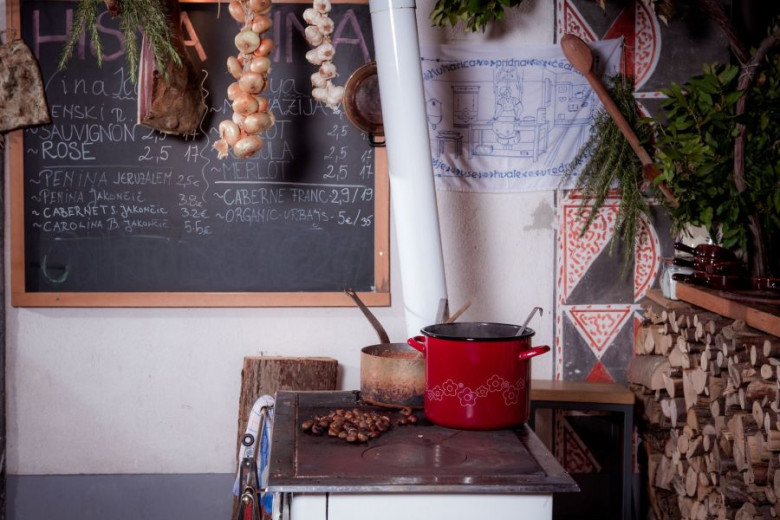 Roasted chestnuts are the tastiest. Photo: Dean Dubokovič
Roasted chestnuts are the tastiest. Photo: Dean Dubokovič
Don't miss the goose
Socialising on St Martin's day is fun, not to mention tasty and merry. This is a festival that should not be missed. So make Slovenia your November destination. Save the date of 11 November. Let us make a toast together!





